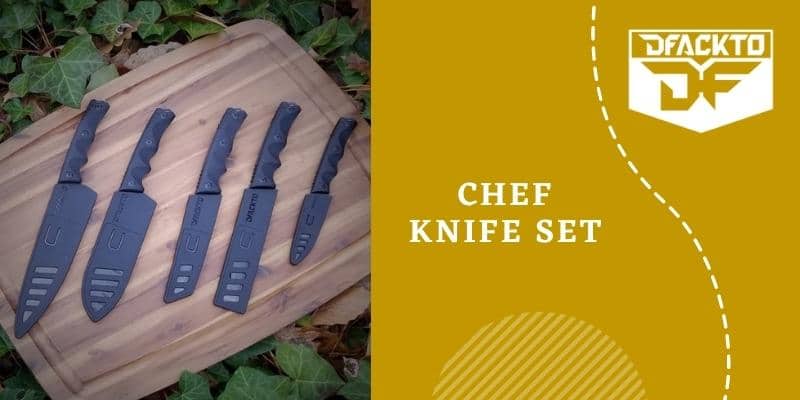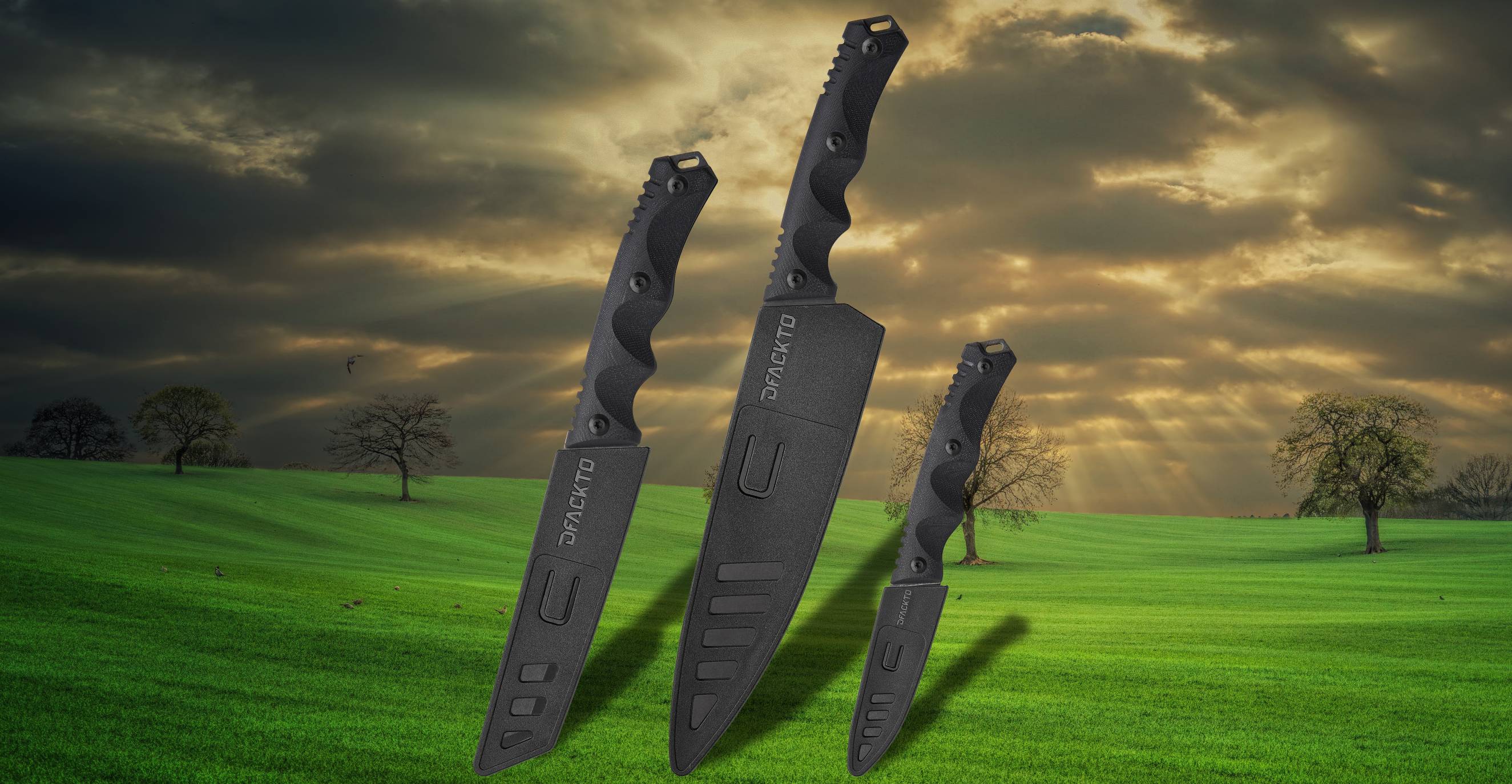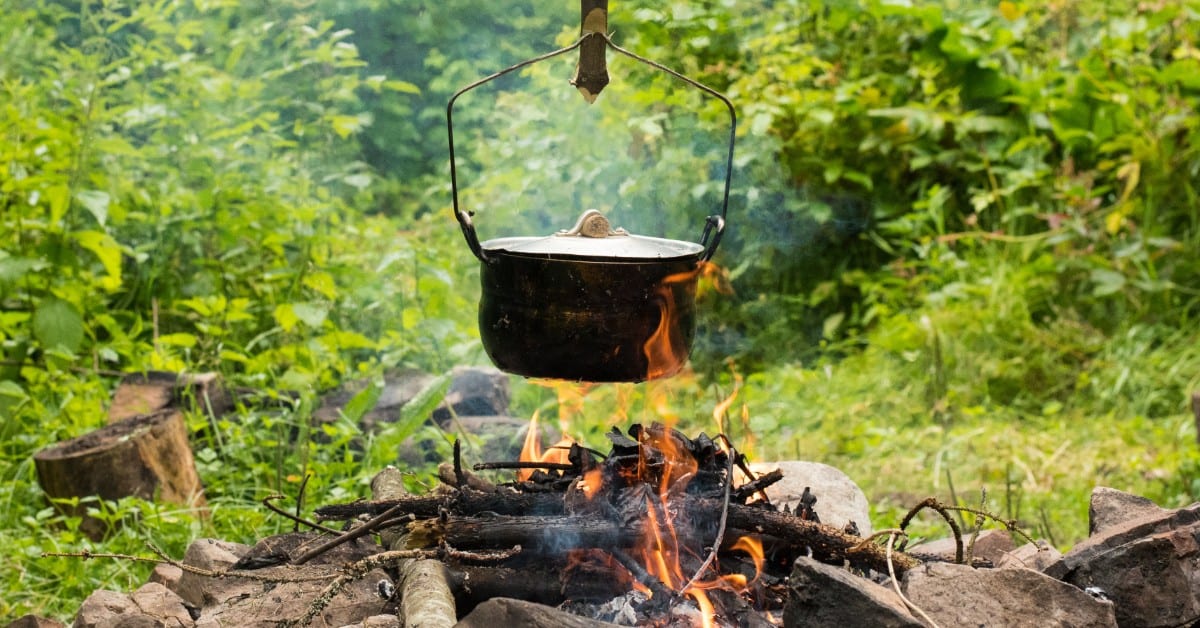King of the Kitchen: The Chef's Knife
The best chef's knife should be used for at least 80% of your cutting, chopping, or slicing in the kitchen. It is indeed the go-to tool for slicing vegetables, cutting chicken breasts, & mincing garlic. No professional or home cook should be lacking one! Chef's knives have blade lengths ranging from 9 to 12.5 inches. Experts agree that 8 inches are more than enough edge to work with. Any chef's knife that is bigger than that will seem unmanageable in the hands of a novice or intermediate cook. When you are budgeting for cooking knives, spend the majority of the money on the greatest quality chef knife set you can afford. A high-quality chef's knife can easily cost more than $100. And if users take good care of that as well, that blade will be as sharp as the day users bought it. You must select between two types of chef's knives:- Western-style chef knife sets are often constructed of softer steel. They are more robust than Japanese blades but somewhat less sharp. They do, however, have the benefit of being stain-free.
- Japanese knives are built of more durable steel. This results in a sharper blade, but it also makes them more prone to chipping. They must be oiled regularly to avoid corrosion.
There is no better tool to use for accurate and delicate cuts than just a paring knife. Whereas the best chef knife will perform all of the heavy work in the kitchen, a paring knife would allow you to make precisely calibrated cuts. This includes peeling vegetables & fruit, which the chef's knife is not designed for. Paring knives feature blades that are 3 to 4 inches long. They are available in three distinct styles:
- Classic paring knives are designed similarly to chef's knives but are smaller. They're my first option for newbies because they're so simple to use.
- Paring knives with sheep's feet have a straight blade edge as well as a rounded curvature at the tip. The sheep's foot paring knife performs well enough on cutting boards but is more difficult to use in the air.
- Paring knives with a bird's beak shape are bent to the tip. Skilled French chefs need them for precise peeling & pitting, something a home cook will rarely require.
Don't worry about paying as much money on such a paring knife because you won't be utilizing it as frequently as a chef knife set. The high-quality paring knife may be purchased for less than $50. Anything more,& you are just paying for appearances.
Serrated Knife: The Ultimate Tool for Slicing Bread
Everyone should be able to enjoy the thrill of freshly made bread straight from the oven. But don't make the same error I made after the golden bread is prepared to slice. No matter how you wish, it isn't wise to use a chef's knife to cut bread is a poor idea. Only a serrated knife is suitable for the job. Do yourself a favor and get a cheap serrated knife for the kitchen. Outside of slicing bagels & loaves of bread, it won't get much use, yet no other knife performs as well for those chores. Look for a serrated knife that is 6 to 8 inches long and costs no more than $30. Then leave it away & only use it to cut baked products to keep the edge sharp.
Getting Down to Work: The Cleaver
Even the largest chef knife set will struggle to debone a roast or break down an entire bird. You'll need to reach for the trusty cleaver for the hardest jobs in the kitchen. These large blades, often known as butcher's knives, are particularly built to handle what smaller blades cannot. Cleaver blades range in size from 6 to 10 inches & come in a variety of forms. The one thing they share in common is a big and hefty blade. The heavier steel allows a cleaver to perform more jobs for you while also protecting it from injury when it comes into contact with bones. You may easily spend the same amount of money on just a cleaver as you might on a chef knife set, but it's not required. Why? Let us reveal our terrible kitchen knife secret: every cleaver is likely to be battered up when you're using it. Often, this will ruin the blade to the point where it will be nearly hard to sharpen again.
Conclusion:
Using the proper knife for the right job is essential for experimenting with new recipes and increasing the life of the blades. A decent set of fundamental knives may last a lifetime, but only if the steel is properly cared for. To extend the life of your knives, use them for their intended use and use a honing steel to maintain them sharp & ready to utilize at a second's notice.
The objective of DFACKTO - Dining Facility Knife and Tool Outfitters is to provide quality robust cooking instruments for outdoor lifestyles. We employ high-grade materials & are proud of our Chinese craftsmen who ensure our equipment is of the finest quality. We are just so confident in the product that we provide a lifetime warranty against workmanship and material faults. Call us at 844-4DFACKTO or email us at support@dfackto.com



